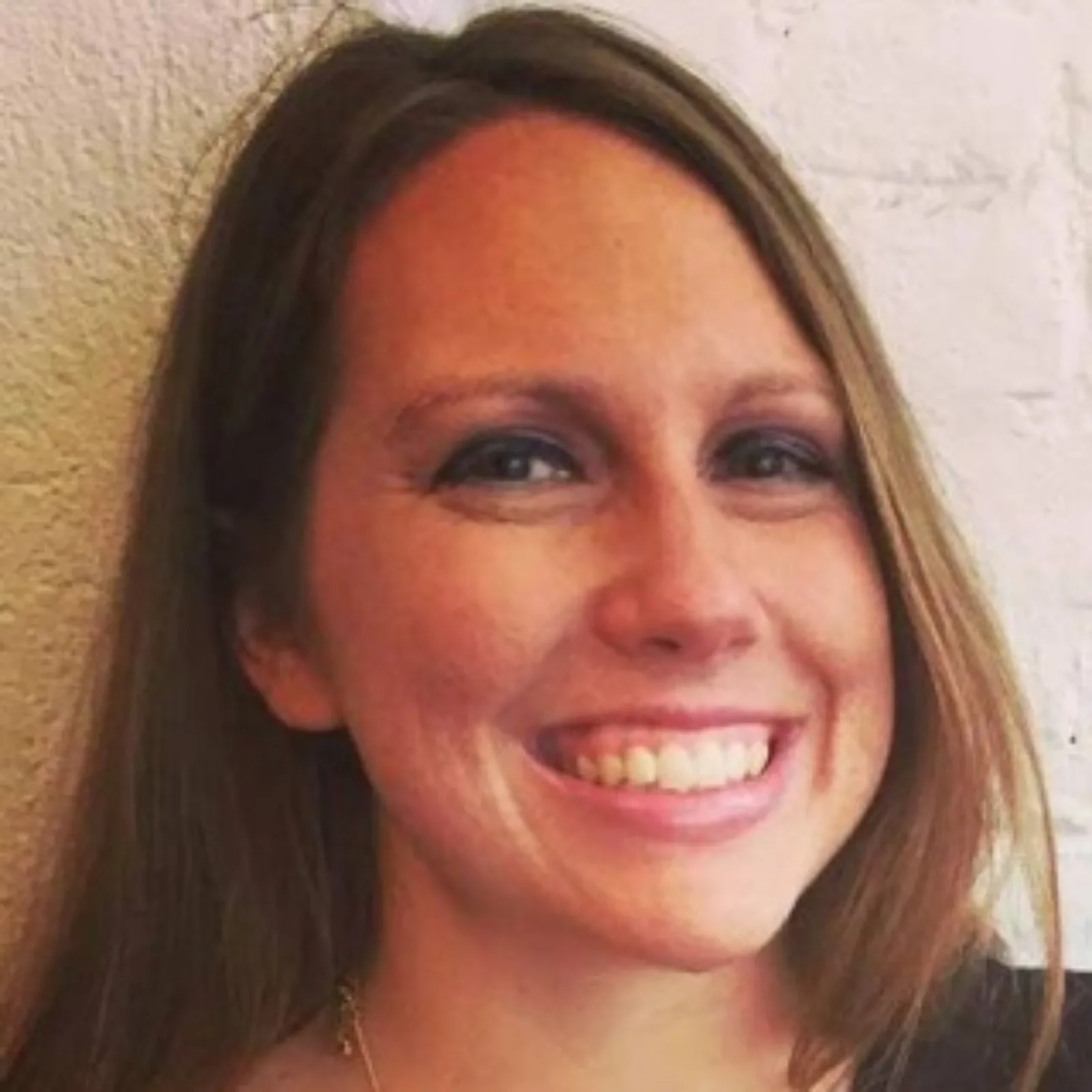Seeing Necropolitics in Word and Image in Print and Digital Archives
At the Newberry’s Word and Image in Print and Digital Archives workshop (15 October 2021) I made exciting connections between our pre-readings, in-depth discussions with the workshop participants and leaders, and hands-on experience with archival materials including a tour of the Newberry’s digital and physical facilities, which will aid my research for two projects: The Lady’s Museum Project (a digital critical edition of Charlotte Lennox’s eighteenth-century periodical, which Karenza Sutton-Bennett and I are co-developing with support from the Canadian Society of Eighteenth Century Studies D. W. Smith Fellowship) and my dissertation (currently titled) Death Writing: Gender and Necropolitics in the Atlantic World (1650-1850).
I will apply insights to both projects, including how spatial and temporal affordances of maps and timelines – especially biographical timelines, which we saw early-modern to eighteenth-century examples of – contributed to emerging views of “the globe.” How does a life boil down to constituent parts in a biographical timeline, an emergent technology at that time? What necropower is displayed through those lives deemed worthy of such elaborate ornamentation–and which are placed at the margins? Early modern maps depicted marginalized cultures from across the globe, literally in the margins. Mapmakers placed text over Indigenous territories that were unclaimed by Europeans in a form of visual, cultural erasure.
The Word and Image workshop helped me to see necropolitics not only in texts such as obituaries, but also in images such as biographical timelines and maps. It inspired me to ask a new question, one that is important for obituarists, critics and scholars now, as it was before the invention of photography: Whose lives are told with image, not just text–and why?
Kelly Plante
Department of English
Wayne State University
